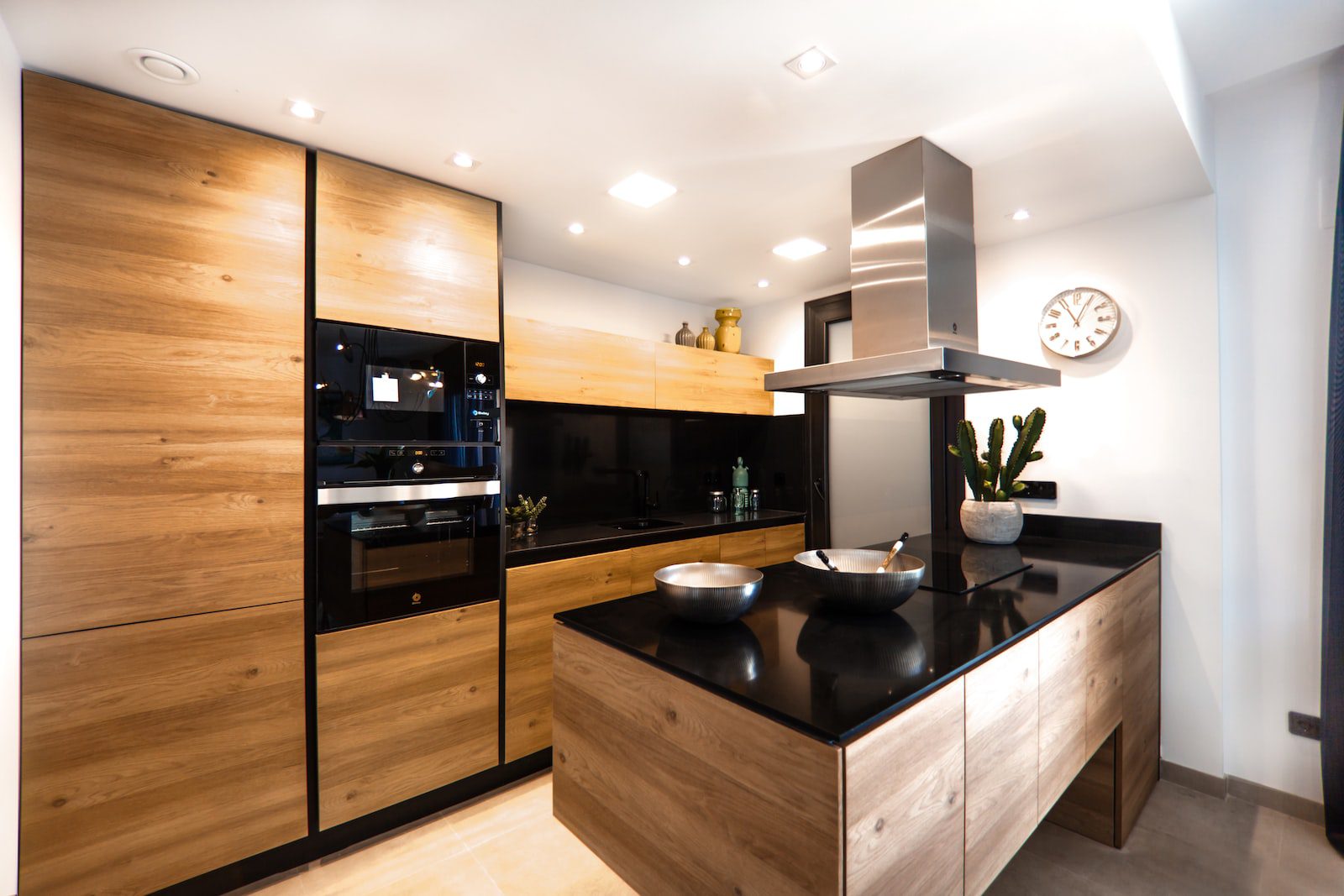Creating a perfect budget plan will allow you to gain control over your finances and provide a clear roadmap for achieving your financial goals. A budget plan should be tailored to your income and spending needs, and should be realistic and attainable. It should also include ways to help you save money, invest in your future, and keep track of your progress. Here are the steps you need to take in order to develop a perfect budget plan:
1. Track Your Expenses
The first step to creating a budget plan is to track your expenses. The goal of this step is to identify your spending patterns and determine where your money is going. The key is to create a budget that reflects your true spending habits, so start by taking note of all of your expenses. It is important to be as detailed as possible, as this information will provide a clear picture of your current financial situation.
2. Estimate Your Income
The next step is to estimate your income. This will be important in determining how much you can afford to spend on a regular basis. Include all sources of income, such as salary, bonuses, investments, and other sources of income. This will provide a more accurate picture of your financial situation and allow you to create a budget that fits within your income.
3. Set Financial Goals
Once you have determined your income, the next step is to set financial goals. These can be short-term or long-term, and should be realistic and attainable. Setting goals will help you stay motivated and focused on achieving your financial objectives. Take the time to create a list of goals, such as building an emergency fund, paying off debt, investing for retirement, or saving for a house.
4. Make a Spending Plan
Once you have identified your income and set financial goals, the next step is to create a spending plan. Start by creating a list of all of your expenses, such as rent, utilities, groceries, and other recurring expenses. Determine how much you can afford to spend on each type of expense and stick to this plan for a month. This will allow you to adjust your budget if you find yourself spending too much in any one area.
5. Make Room for Savings
Creating a budget plan should also include making room for savings. Start by looking for ways to cut expenses, such as reducing eating out costs or eliminating unnecessary purchases. Additionally, plan to save a certain percentage of your income each month. This can be done through an automatic transfer to a savings account or investment account. This will help you build up your financial cushion and plan for the future.
6. Monitor your Progress
Finally, it is important to regularly monitor your progress. This can be done by revisiting your budget plan on a regular basis and looking for ways to adjust it if necessary. Additionally, track any changes in income or expenses. This will allow you to make adjustments to your budget as needed.
Final Thoughts
Creating a perfect budget plan is a great way to take control of your finances and reach your financial goals. The key to success is to start by tracking your expenses, estimating your income, and setting financial goals. Make sure to create a realistic and achievable spending plan, including room for savings. Lastly, use tracking and monitoring tools to ensure you are staying on track to reach your financial objectives. With dedication and consistency, a perfect budget plan can be easily achieved.



